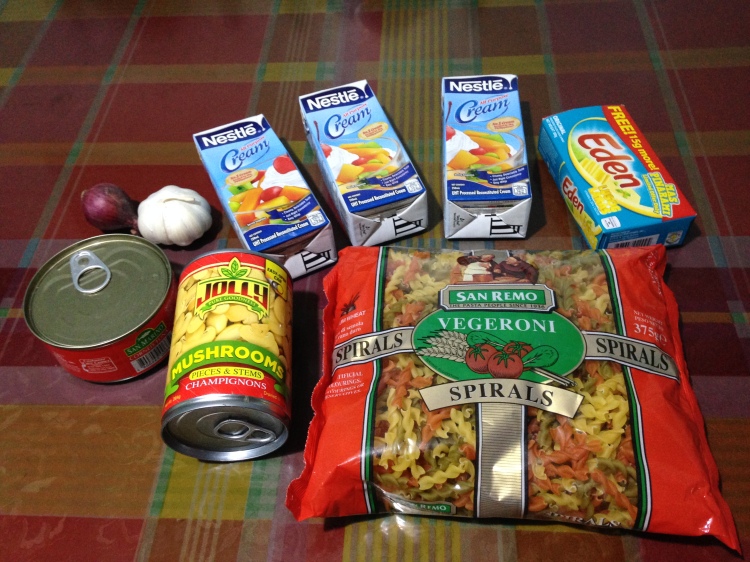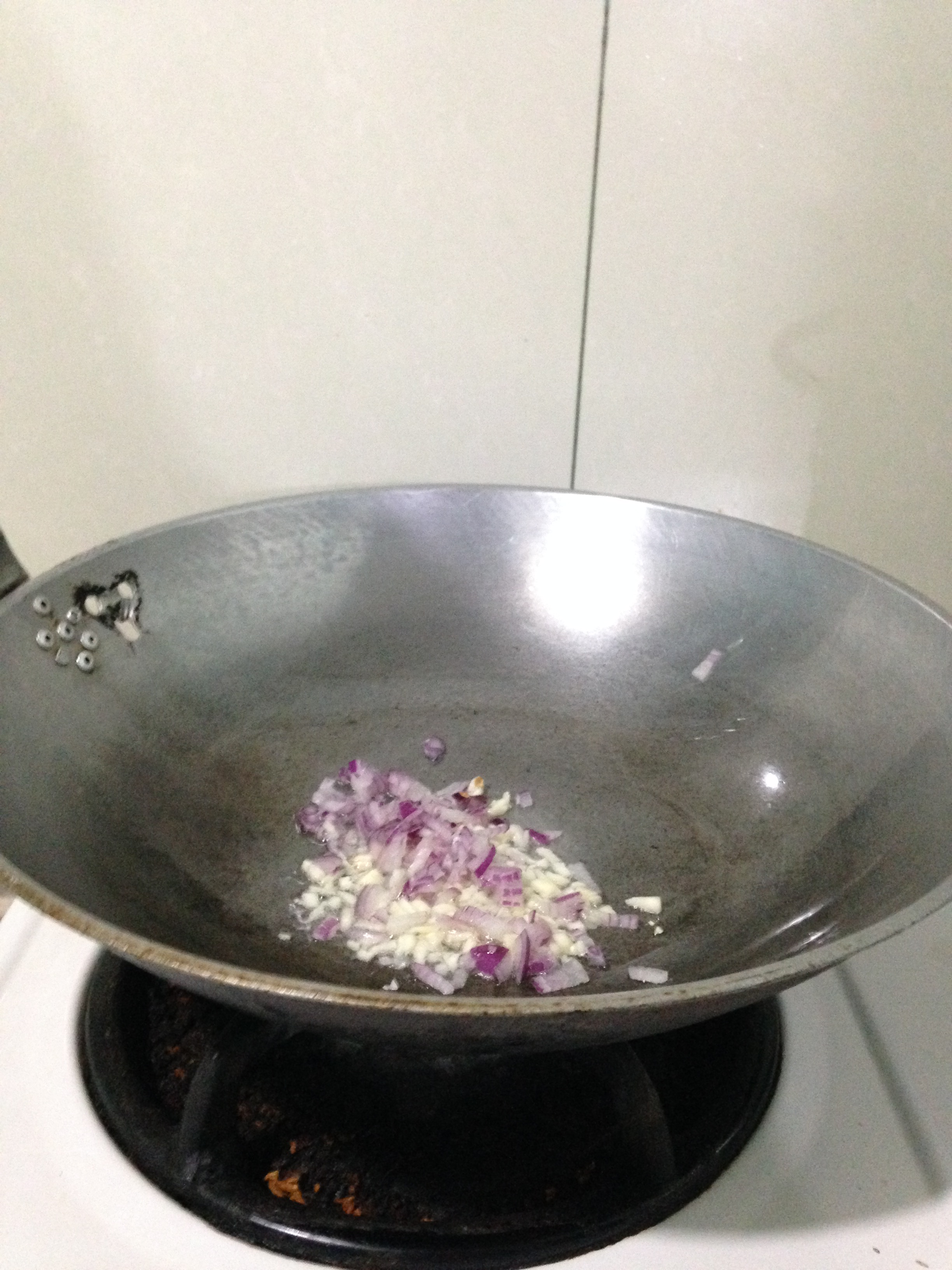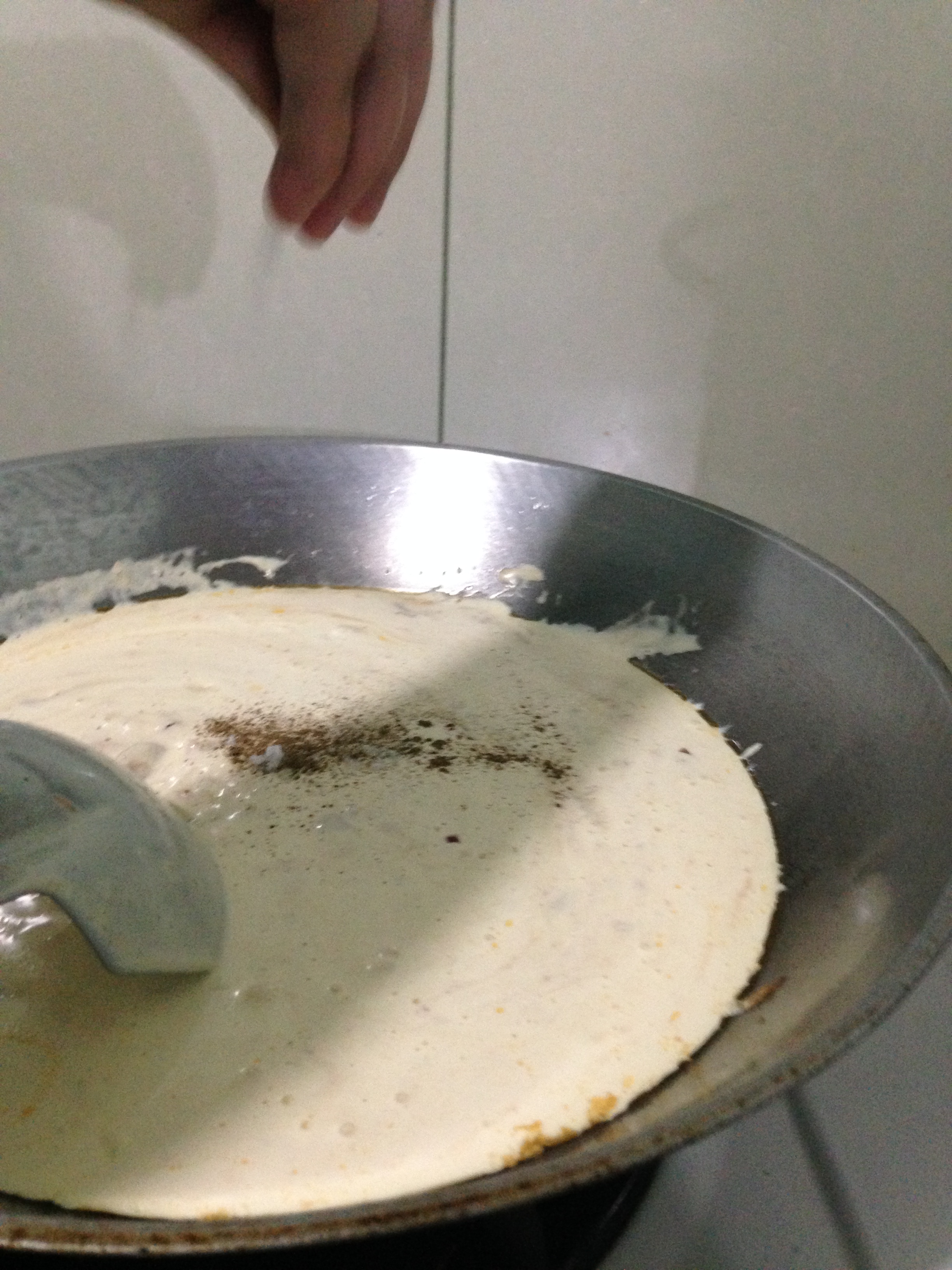KOREA

Panitikang Koreano ay ang katawan ng panitikan na ginawa ng mga Koreano, karamihan ay nasa wikang Koreano at kung minsan ay nasa Klasikal na Tsino. Sa loob ng 1,500 taon ng pampanitikang kasasayan, ito’y nakasulat sa Hanja.

Ito ay karaniwang nahahati sa klasikal at modernong panahon, kahit na ang pagkakaiba nito ay kung minsan hindi maliwanag. Ang Korea ay ang tahanan ng unang uri ng metal at tanso sa mundo, pinakamaagang nakilalang nakalimbag na dokumento sa mundo at ang unang featural script sa mundo.

Panitikan ng Koreanong Klasikal ay may mga pinanggagalingan nito sa tradisyonal na katutubong paniniwala at kuwentong-bayan ng tangway sa Korea. Mayroong apat na pangunahing tradisyonal na anyo ng tula: hyangga (“katutubong kanta”); pyolgok (“espesyal na kanta”), o changga (“mahabang tula”); sijo (“kasalukuyang melodya”); at kasa (“taludtod”).
Iba pang mga anyo ng tula na umunlad ay ang estilong kyonggi, sa ika-14 at ika-15 na siglo, at ang akchang (“mga salita para sa mga kanta”) sa ika-15 na siglo. Ang pinaka-kinatawang akchang ay ang Yongbi och’on ka (1445-47; mga Kanta ng Lumilipad na Dragon), isang ikot ng panahon ng pinagsama-sama sa papuri ng pagkakatatag ng dinastiyang Yi. Mga tulang Koreano ay orihinal na sinadya upang awitin, at ang kanyang anyo at estilo ay sumasalamin sa kanyang melodikong pinagmulan. Ang batayan ng kanyang prosodi ay isang linya ng nagpapalit-palit na grupo ng tatlo o apat na pantig, na kung saan ay marahil ang pinaka-natural na ritmo sa wika.
Isa sa mga sikat na mga pinakamaagang mga tula o lirikong kanta ay ang Gonghuin (Konghu-in) ni Yeo-ok sa panahon ng Gojoseon.
Hyangga
Hyangga (hangul: 향가, hanja: 鄕 歌) ay nakasulat sa Korean gamit ang binagong hanja sa isang sistema na ay tinatawag na idu (hangul: 이두, hanja: 吏 讀), sa literal na pagsalin ay “mga kasulatan ng kawani.” Partikular, ang mga iba ‘ t-ibang ng idu ginagamit upang isulat ang mga hyangga na minsa’y tinatawag na “hyangchal“. Idu ay isang sistema ng paggamit ng mga karakter ng hanja upang ipahayag sa koreano. Ang susi sa sistema ay upang gamitin ang ilang mga karakter ng hanja para sa kanilang layunin, sa kanilang mga kahulugan, at iba pa para sa kanilang pagbigkas, hindi pinapansin ang kanilang mga piktograpikang kahulugan. Sa una, ito’y lilitaw bilang isang kumplikado, kahit hindi nauunawaang sistema, ngunit pagkatapos na gamitin ang sistema ay nagiging komportable na may ilang mga karakter na tuloy-tuloy na nakatayo para sa mga koreanong salita
INDIA

Ang Panitikang Indiyano o Panitikan sa Indiya ay tumutukoy sa panitikang nagawa sa subkontinente ng Indiya hanggang 1947 at sa Republika ng Indiya pagkaraan ng taong ito. Ang Republika ng Indiya ay may 22 opisyal na kinikilalang mga wika. Ang pinakamaagang mga gawa ng panitikang Indiyano ay ipinasa sa pamamagitan ng bukambibig. Nagsimula ang panitikang Sanskrit sa Rig Veda, isang kalipunan ng banal na mga himno na pumepetsa sa kapanahunang 1500–1200 BKE. Lumitaw ang mga epikong Sanskrit na Ramayana at Mahabharata papunta sa hulihan ng unang milenyo BKE. Lumaganap ang panitikan ng Klasikong Sanskirt noong unang ilang mga daantaon ng unang milenyo KE, gayun din ang panitikang Tamil, Sangam, at Kanon ng Pāli.
Sa panahong midyibal, lumitaw ang panitikang Kannada at Telugu noong ika-9 at ika-11 mga daangtaon ayon sa pagkakasunud-sunod ng dalawa. Sa paglaon, nagsimula ring lumitawa ang panitikan sa mga wikang Marathi, Bengali, sari-saring mga diyalekto ng Hindi, Persa, at Urdu. Sa kaagahan ng ika-20 daangtaon, ang makatang Bengali na si Rabindranath Tagore ang nagging laureado ng Nobel mula sa Indiya. Sa kontemporaryong panitikang Indiyano, may dalawang pangunahing gantimpalang pampanitikan; ito ang Kapatirang Sahitya Akademi at ang Gantimpalang Jnanpith. Pitong mga gantimpalang Jnanpith bawat isa ang iginawad sa wikang Hindi at Kannada, na sinundan ng limang sa Bengali, apat sa Malayam at tatlo sa Gujarati, Marathi, at Urdu.
MYANMAR

Ang Myanmar, o ang Repulika ng Unyon ng Myanmar (internasyunal: Republic of the Union of Myanmar), dating Kaisahan ng Burma, ay ang pinakamalaking bansa (sa sakop pang-heograpiya) sa lupaing nasa loob ng kontinente ng Timog-silangang Asya. Napapaligiran ng Tsina sa hilaga, Laos sa silangan, Thailand sa timog-silangan, Banglades sa kanluran, at Indiya sa hilaga-kanluran, kasama ang Dagat Andaman sa timog, at ang Look ng Bengal sa timog-kanluran (sa kabuuang mahigit sa 2,000 kilometrong baybaying-dagat).
CAMBODIA 
Ang Kaharian ng Cambodia (Khmer: ព្រះរាជាណាចក្រកម្ពុជា; transliterasyon: Preăh Réachéanachâkr Kâmpŭchea) ay isang bansa sa Timog-Silangang Asya na may populasyong mahigit-kumulang 15 milyon. Phnom Penh ang kabisera nito. Ang Cambodia ay kahalili na estado ng noon’y isang makapangyarihang kaharian ng Hindu at Buddhist Khmer na namuno sa halos kabuuan ng tangos ng Indochina mula ika-11 at ika-14 na siglo.
Kadalasang tinatawag na “Cambodian” o “Khmer” ang mamamayan ng Cambodia na tumutukoy sa sinaunang grupo ng mga Khmer. Theravada Buddhist na may impluwensiya ng Khmer ang karamihan sa mga Cambodian ngunit ang bansang ito ay mayroon ding mangilan-ngilang Muslim, Kristyano at mga tribo naman sa bulubunduking kagubatan sa hilagang bahagi ng bansa.
PILIPINAS

Ang Panitikan ng Pilipinas ay pangunahing tumutukoy sa umiiral, umuunlad, at namamayaning uri at anyo ng katutubong panitikan. Subalit nakakasama rin dito ang mga panitikang nilikha at ginawa ng mga Pilipinong nasa labas ng sariling bansa, sapagkat inakdaan ang mga ito ng mga Pilipino, o ng may-lahing Pilipino sa malawak na nasasakupan ng paksa. Dahil dito, tinatawag ding Panitikang Pilipino ang Panitikan ng Pilipinas.[2] Sa kasalukuyan, tinatawag din itong Panitikang Filipino sapagkat kinabibilangan ng mga likhang pampanitikang nagmula sa at kinabibilangan ng iba’t ibang wika sa Pilipinas.
Mayaman ang Pilipinas sa sari-saring anyo at hubog ng panitikan na naglalarawan sa kalinangan ng mga Pilipino. Kabilang sa mga ito ang kuwentong-bayan, maikling kuwento o maikling katha, sanaysay, tula, dula, nobela, drama, balagtasan, parabula, bugtong, salawikain, kasabihan, pabula, alamat, tanaga, bulong, awiting-bayan, epiko, pelikula, at mga iskrip na pangradyo, pantelebisyon at pampelikula.













 Halimbawa ng Panitikang Pilipino
Halimbawa ng Panitikang Pilipino
















 Being a secret organization, its members were subjected to the utmost secrecy and were expected to abide by the rules established by the society. Aspiring applicants were given standard initiation rites in order to become members of the society. At first, membership in the Katipunan was only open to male Filipinos; later, women were accepted into the society. The Katipunan had its own publication, Kalayaan (Liberty) which issued its first and last printing in March 1896. Revolutionary ideals and works flourished within the society, and Filipino literature was expanded by some of its prominent members.
Being a secret organization, its members were subjected to the utmost secrecy and were expected to abide by the rules established by the society. Aspiring applicants were given standard initiation rites in order to become members of the society. At first, membership in the Katipunan was only open to male Filipinos; later, women were accepted into the society. The Katipunan had its own publication, Kalayaan (Liberty) which issued its first and last printing in March 1896. Revolutionary ideals and works flourished within the society, and Filipino literature was expanded by some of its prominent members.






